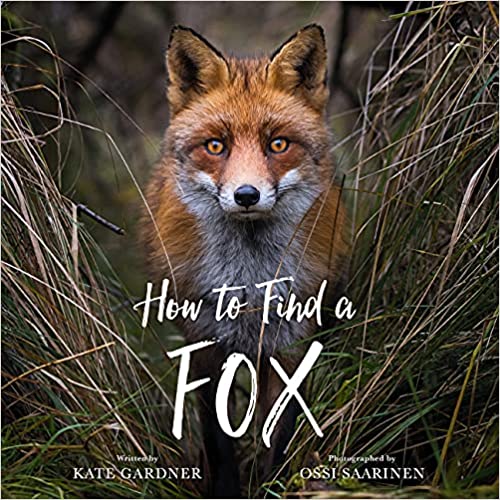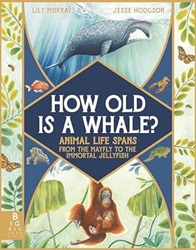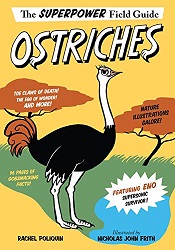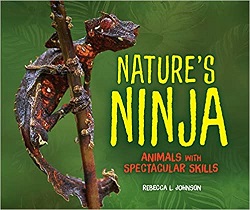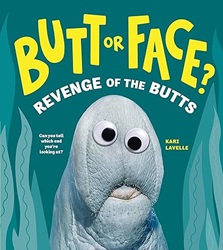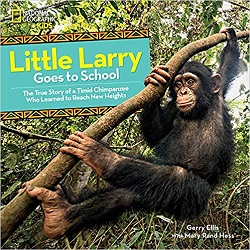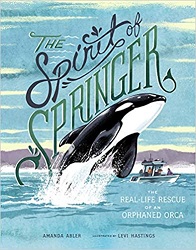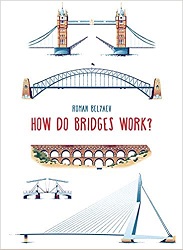Review of How to Find a Fox, written by Kate Gardner, photographs by Ossi Saarinen
written by Kate Gardner
photographs by Ossi Saarinen
Running Press Kids (Hachette), 2021. 48 pages.
Review written November 29, 2021, from a library book.
Starred Review
Here’s a wonderful first science book for little ones. The big, beautiful photographs, mostly of foxes in the wild, steal the show.
There’s a short and simple text in big letters. It begins by talking about where you can look to find a fox. There’s a paragraph in smaller text on most pages, giving some more background information.
For example, after pages saying “Listen for yips, yowls, and growls,” we’ve got this text in a smaller font:
Red foxes make a range of noises, though none of them sound much like a common dog’s barking. Instead, foxes’ high-pitched howls, chirps, and screams are more birdlike. . . . And sometimes, a fox can even sound like a person crying. Different calls are used when playing, or fighting, or when fox parents want to warn their babies of danger.
The photos are big, colorful, and striking. I am so taken with this book, I want to try it in Toddler Storytime, as I think the photos can catch even their attention. They will like the pages that tell you where not to look for a fox, and name the animals found in the sky, in the trees, in the river, and in the pond.
Disclosure: I am an Amazon Affiliate, and will earn a small percentage if you order a book on Amazon after clicking through from my site.
Disclaimer: I am a professional librarian, but the views expressed are solely my own, and in no way represent the official views of my employer or of any committee or group of which I am part.
What did you think of this book?
*Note* To try to catch up on posting reviews, I’m posting the oldest reviews I’ve written on my blog without making a page on my main website. They’re still good books.
